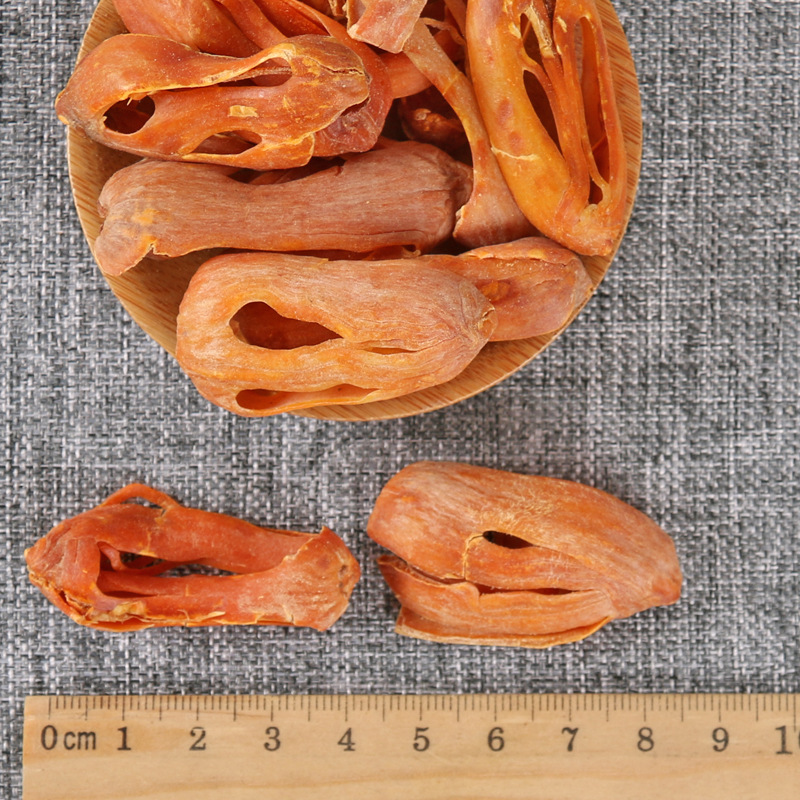Mace is a spice that comes from the aril (the outer covering) of the nutmeg seed. The nutmeg tree, scientifically known as Myristica fragrans, produces both nutmeg and mace. Mace has a slightly different flavor profile than nutmeg, offering a more delicate and subtle taste. Here's some information about whole mace:

1.Flavor Profile: Whole mace has a warm, sweet, and aromatic flavor with a hint of citrus. It is often described as having a milder taste compared to nutmeg.
2.Culinary Uses:
Spice Blends: Whole mace is used in various spice blends, such as garam masala and certain curry blends, to add warmth and complexity.
Baking: It can be grated or ground and used in baking, particularly in sweet dishes like cakes, pastries, and custards.
Savory Dishes: Mace complements both sweet and savory dishes. It is used in meat-based dishes, soups, and sauces to enhance the overall flavor.
3.Storage: Like other spices, whole mace should be stored in a cool, dark place in an airtight container to preserve its flavor. It's advisable to buy whole mace and grind or grate it as needed to retain its freshness.
4.Aromatic Uses: Whole mace contributes a warm and fragrant aroma to dishes during cooking.
5.Medicinal Uses: In traditional medicine, mace has been associated with potential digestive benefits. However, it's important to note that the amounts typically used in culinary applications are small.
6.Visual Appearance: Whole mace is often found in the form of dried, lacy, reddish-brown strips. Each piece typically covers a single nutmeg seed.
When using whole mace in recipes, it can be added to dishes during cooking, and the spice releases its flavor and aroma gradually. If a recipe calls for ground mace, you can grind or grate the whole mace just before use. Mace is a versatile spice that adds a unique and nuanced flavor to a variety of culinary creations.